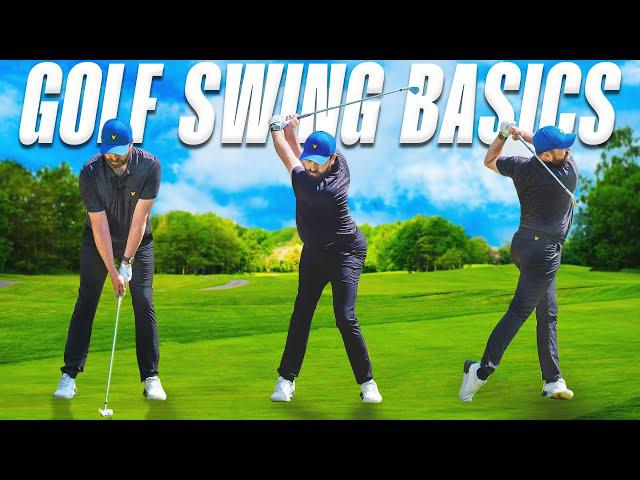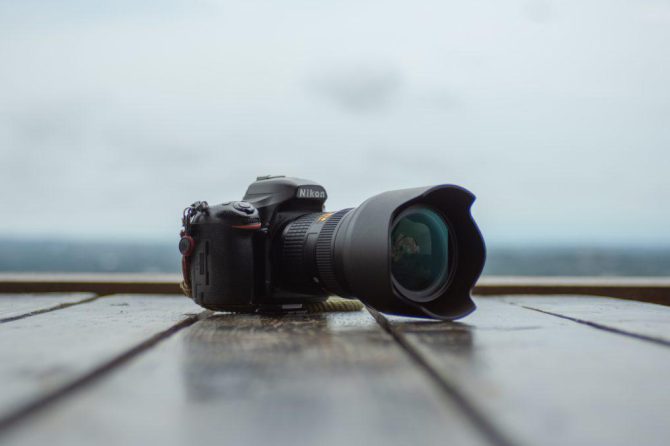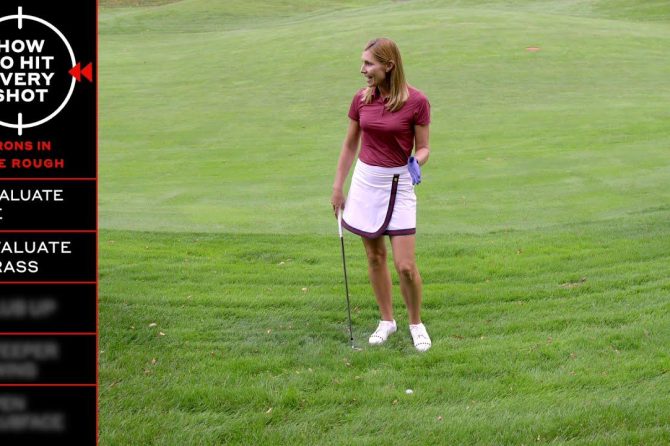The significance of follow-through in the golf swing remains a pivotal aspect in the quest for proficient ball-striking and optimal performance on the course. This comprehensive analysis delves deeply into the intricate mechanics of the swing’s final phase, exploring its profound impact on the ball’s trajectory, distance, and accuracy. Through a thorough examination of the body’s rotational and linear movements, this article unravels the secrets of an effective follow-through, providing golfers with invaluable insights to enhance their technique and elevate their game to new heights.
Mechanics of Correct Follow-Through in the Golf Swing
Maintaining proper mechanics during the follow-through is crucial for a harmonious and effective golf swing. Immediately after impact, the wrists should unhinge naturally, allowing the clubface to rotate square to the target line. This action generates additional clubhead speed and imparts backspin on the ball, promoting both distance and control.
The downswing concludes with the left arm extending fully, forming a straight line with the shaft. The right elbow should bend slightly, guiding the club along the swing arc and optimizing trajectory. Simultaneously, the hips and torso should rotate through toward the target, providing stability and power. Failure to maintain proper alignment and rotation can result in hooks or slices.
Lastly, the finish position serves as a reflection of the swing’s mechanics. The clubhead should rest behind the right ear, parallel to the ground. The left leg should be extended, while the right knee flexes slightly. This balanced and composed posture indicates a well-executed swing with optimal impact. By adhering to these principles, golfers can harness the full potential of the follow-through, enhancing accuracy, distance, and consistency in their shots.
The Impact of Follow-Through on Ball Flight and Distance
The follow-through plays a crucial role in determining the trajectory and distance of the golf ball. A proper follow-through ensures that the clubhead maintains the correct path and angle of attack, resulting in optimal ball contact.
- Steep Angle of Attack: A steep angle of attack, where the clubhead descends sharply into the ball, can result in a high-flying ball with reduced distance. Conversely, a player who maintains a shallow angle of attack will produce a lower, more penetrating ball that travels farther. Proper follow-through helps maintain a shallow angle of attack, allowing the club to glide through the ball cleanly.
- Aligned Clubface: In addition to the angle of attack, the alignment of the clubface at impact significantly influences ball flight. A square clubface will produce a straight ball, while an open clubface (facing towards the target) will result in a slice, and a closed clubface (facing away from the target) will produce a hook. By completing the follow-through correctly, golfers can ensure that the clubface rotates appropriately, leading to accurate ball direction.
- Clubhead Speed: A strong follow-through is essential for generating clubhead speed, which plays a direct role in distance. As the player extends their arms and drives through impact, the club accelerates, imparting energy to the ball and increasing distance potential. A weak or shortened follow-through will reduce clubhead speed and compromise distance.
Common Follow-Through Errors and Their Consequences
| Error | Consequences |
|---|---|
| Insufficient arm extension |
|
| Early release of the club |
|
| Incomplete weight shift |
|
Insufficient arm extension during the follow-through limits the club’s acceleration, resulting in reduced club head speed and distance. The ball may also be airborne for shorter periods, affecting trajectory. Furthermore, inconsistent ball flight arises due to an unstable club head path caused by premature arm flexion.
Early release of the club, where the club head is released before the body completes its rotation, leads to impaired shot control. The club face lacks ideal alignment at impact, promoting sidespin and leading to sliced shots. This error also hinders the golfer’s ability to hold greens consistently, as the ball tends to fly over or around the designated putting surface.
Incomplete weight shift in the follow-through disrupts balance and body rotation. The weight should shift from the back foot to the front foot as the player rotates through the swing. Inadequate weight transfer leads to poor balance, which can manifest as stumbling or falling. It also limits body rotation, reducing power and accuracy. This can cause discomfort or even back pain due to excessive strain on the lower back.
Developing a Proper Follow-Through: Drills and Exercises
Drills and Exercises to Enhance Follow-Through
To perfect proper follow-through, consistent practice is essential. Incorporating specific drills into your routine can refine your technique and enhance your swing’s effectiveness. Here are some recommended exercises:
Mirror Drill: Stand facing a mirror and swing as normal. Pay attention to the position of your hands and arms during the follow-through. Ensure that your left arm (for right-handed golfers) remains extended and parallel to the ground, while your right arm swings through and releases the club in a fluid motion.
Swinging to a Target: Place an object or target a short distance behind your normal finish position. Swing and aim to touch or graze the object with the clubhead at the end of your follow-through. This drill helps develop a sense of completion and encourages proper extension through the ball.
* One-Arm Drills: Practice the follow-through motion with just one arm. Holding the club lightly, swing through and release it as if completing a real swing. This exercise isolates the follow-through movement and improves coordination between your arms and body.
Table: Follow-Through Drills
| Drill | Focus |
| — | — |
| Mirror Drill | Hand and arm position, parallel extension |
| Swinging to a Target | Completion, extended reach |
| One-Arm Drills | Isolated follow-through motion, coordination |
* Improving Follow-Through: Coaching and Technique Refinement
Improving Follow-Through: Coaching and Technique Refinement
Expert coaching is crucial for fine-tuning follow-through technique. Experienced professionals can provide personalized guidance, identify areas for improvement, and establish practice drills to enhance follow-through mechanics.Tips for Coaching Follow-Through:
- Emphasis on Shoulder and Arm Rotation: Coaches should guide players to maintain proper shoulder rotation and arm extension through impact and beyond. This ensures optimal release angle and generates clubhead speed.
- Drill Practice with Resistance Bands: Resistance bands can be utilized to resist arm retraction during the follow-through. This encourages a full and forceful swing, promoting proper wrist angles and forearm rotation.
- Visualization and Mirror Work: Encouraging visualization techniques and mirror practice allows players to internalize correct follow-through movements. This helps them develop a proper kinesthetic sense and refine their technique.
Refinement of Follow-Through Technique:
- Optimal Wrist Position: The wrists should remain firm through impact and extend naturally during the follow-through. This prevents premature wrist flexion, resulting in a consistent shot shape and distance control.
- Elbow Angle Maintenance: Maintaining a 90-degree angle at the elbows ensures a fluid and powerful follow-through. It prevents the L-shape assumption in the arms, which hinders full clubhead extension.
- Extension and Release Rhythm: The extension and release motion should be fluid and synchronized. Players should not pause or hesitate during this phase, allowing the clubhead to release naturally and generate maximum energy transfer.
Outro
follow-through plays a pivotal role in the golf swing, not only determining the accuracy and distance of the shot but also safeguarding the longevity and health of the golfer. Through a meticulous analysis of mechanics and impact, this article has demonstrated the intricate relationship between proper follow-through and swing efficiency. Understanding the nuances of this critical phase enables golfers to refine their techniques, maximize their performance, and minimize the risk of injury. By incorporating the principles outlined in this comprehensive analysis, golfers can elevate their game to new heights and reap the rewards of a consistent and fulfilling golfing experience.





